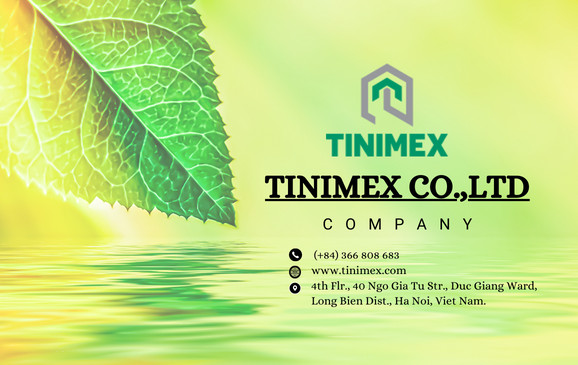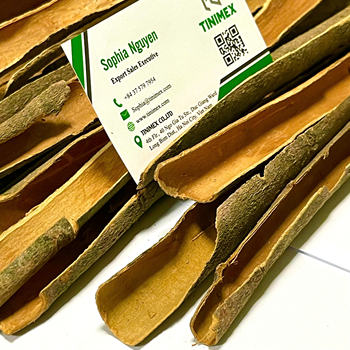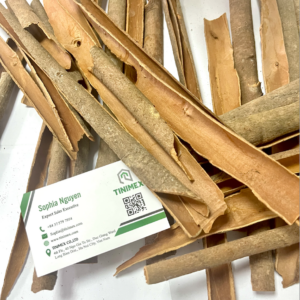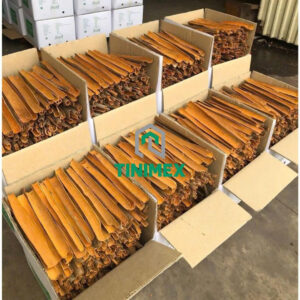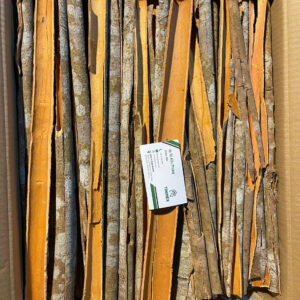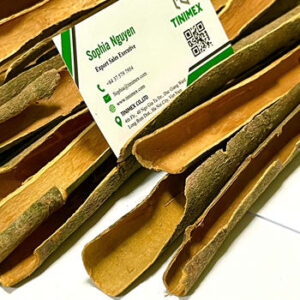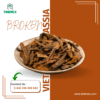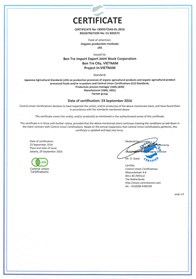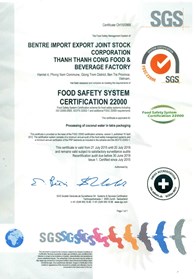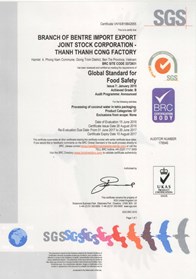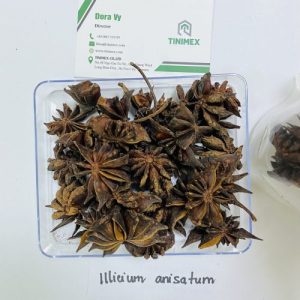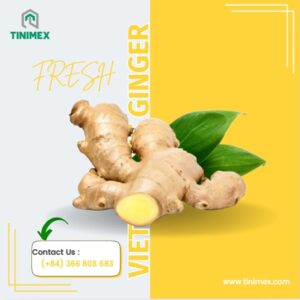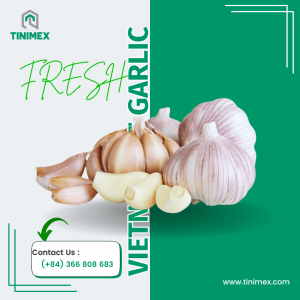SPLIT CASSIA
Liên hệ
SPLIT CASSIA
Moisture: Max 13.5%
Admixture: Max 1%
Volatile Oil (VO): Min 3%
Length: 30 – 47 cm (minimum 80%)
Thickness: 0.8 – 2.5mm
Color: Yellow/reddish color, no fungus
Packing: Cartons (net 10kg)
Loading: 6.5MT/20FT, 15MT/40HQ
Origin: Vietnam
Port of Loading: Hai Phong Port
Split Cinnamon Cassia – The Natural Choice for Export: A Comprehensive Guide
Split Cassia, also known as split cinnamon, is a premium agricultural product that has garnered significant attention in the global spice market. Sourced primarily from regions like Vietnam, Indonesia, and China, split cassia is prized for its robust flavor, high essential oil content, and versatility in various industries. This article delves into the unique qualities of split cassia, its production process, export potential, and why it stands out as an ideal choice for international markets.
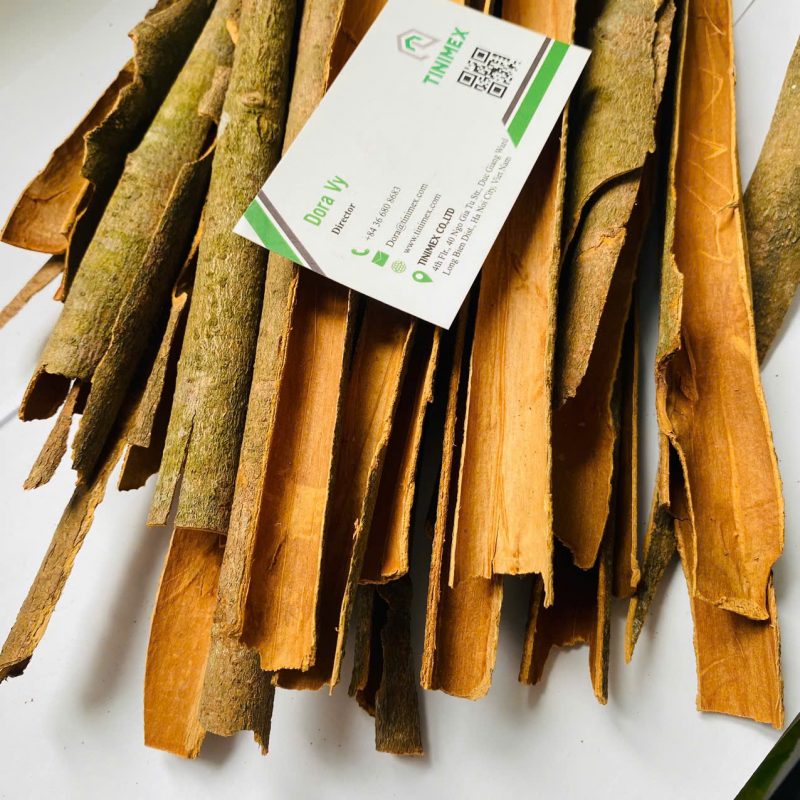
What is Split Cassia?
Split cassia refers to the inner bark of the cassia tree (Cinnamomum cassia), which is harvested, cut, and split into thinner pieces during processing. Unlike whole cinnamon sticks, split cassia is specifically prepared to facilitate drying, packaging, and use in both culinary and industrial applications The bark is typically harvested from trees aged 6 to 10 years, ensuring optimal flavor and oil content.
The Production Process: From Tree to Export
The journey of split cassia from the forest to international markets involves several meticulous steps:
-
Harvesting: Trees are carefully selected and harvested after 6–10 years of growth. The outer bark is removed to access the prized inner bark.
-
Splitting: The inner bark is cut into manageable lengths and split either manually or mechanically.
-
Drying: The split bark is sun-dried or air-dried under controlled conditions to retain essential oils and prevent contamination.
-
Sorting and Grading: The dried bark is sorted based on thickness, oil content, color, and curl quality. Premium grades exhibit a rich color and high oil concentration.
-
Packaging: Split cassia is packed in bulk cartons (typically 20–25 kg) or customized packaging as per client requirements, ensuring it remains clean and free from impurities.
Why Choose Vietnamese Split Cassia for Export?
Vietnam has emerged as a leading exporter of agricultural products, including cassia cinnamon. Vietnamese split cassia is especially renowned for its:
-
Consistent High Quality: Grown in optimal conditions, Vietnamese cassia offers a uniform, potent flavor profile.
-
Strong Aroma and Taste: High essential oil content ensures a robust, spicy taste ideal for culinary and industrial uses.
-
Health Benefits: Cassia cinnamon is linked to improved blood sugar control, reduced inflammation, and antioxidant effects.
-
Natural Processing: No sulfur or chemical treatments are used, guaranteeing a pure and safe product.
-
Competitive Pricing: Vietnamese exporters offer high-quality cassia at attractive prices, making it accessible to global buyers.
Applications of Split Cassia
Split cassia’s versatility makes it a sought-after ingredient across multiple sectors:
-
Food and Beverage: Used in spice blends, curries, baked goods, teas, and beverages like chai and mulled wine.
-
Essential Oil Extraction: The high oil content makes it ideal for producing cinnamon oil, widely used in aromatherapy and natural medicine.
-
Pharmaceuticals and Herbal Medicine: Valued for its medicinal properties, cassia is used in traditional remedies and supplements.
-
Cosmetics: Its aromatic properties make it a popular ingredient in perfumes, soaps, and skincare products.
Debunking Common Misconceptions
Despite its popularity, several myths persist about split cassia:
-
Not Inferior to Whole Cinnamon: Split cassia is often assumed to be of lower quality than whole sticks. In reality, it retains the same essential oils and flavor, offering equal value.
-
Naturally Processed: Authentic split cassia undergoes natural drying and splitting, without chemical additives or artificial enhancements.
-
Beyond Cooking: While a staple in kitchens, split cassia is also crucial for essential oil production, pharmaceuticals, and cosmetics, underscoring its industrial significance.
Export Potential and Market Trends
Global Demand and Opportunities
The global spice market continues to expand, driven by increasing demand for natural flavors, health-conscious products, and traditional remedies. Split cassia, with its potent flavor and health benefits, is well-positioned to meet these trends.
-
Market Diversification: Exporters are tapping into new markets beyond traditional buyers, reducing risks and expanding reach.
-
Quality Certifications: Vietnamese producers invest in organic and quality certifications, enhancing trust and access to high-value markets.
-
Sustainable Practices: Emphasis on natural, chemical-free processing aligns with global preferences for clean-label and sustainable products.
Challenges in Exporting Split Cassia
Exporters face several challenges, including:
-
Price Fluctuations: Global market prices can be volatile, affecting profitability.
-
Quality Control: Maintaining consistent quality and meeting diverse international standards requires robust processes.
-
Logistics and Regulations: Navigating shipping logistics, customs, and food safety regulations demands expertise and adaptability.
Packaging, Shipping, and Shelf Life
-
Packaging: Typically in 10–25 kg cartons, with options for customization.
-
Shipping: By sea, air, land, or courier, depending on quantity and buyer preference.
-
Shelf Life: Minimum 1 – 2 years from production when stored in cool, dry, ventilated conditions.
Best Practices for Buyers and Importers
-
Source from Reputable Suppliers: Choose exporters with a track record of quality, transparency, and compliance with international standards.
-
Request Technical Specifications: Ensure the product meets moisture, oil content, and purity requirements.
-
Check Certifications: Look for organic, food safety, and quality assurance certifications.
-
Sample Testing: Request samples for sensory and laboratory analysis before bulk orders.
Conclusion: Split Cassia’s Bright Future in Global Trade
Split cassia stands out as a premium, natural spice with diverse applications and strong export potential. Its robust flavor, health benefits, and versatile uses make it a staple for food manufacturers, essential oil producers, and pharmaceutical companies worldwide. With Vietnam and other key producers investing in quality, sustainability, and market expansion, split cassia is poised to maintain its status as an ideal export product for years to come.
For importers and distributors seeking a reliable, high-quality spice, split cassia offers a compelling combination of tradition, purity, and global appeal. As consumer demand for natural and functional ingredients continues to rise, split cassia is set to play an even greater role in the international spice trade.
Ready to experience the difference? Choose split cassia for your next culinary adventure and discover a smarter way to spice up your life.
For bulk orders, custom packaging, or more information about sourcing split cassia, contact our team TINIMEX today and unlock the full potential of this versatile, easy-to-store spice.
Address : 4th Flr., 40 Ngo Gia Tu Str., Duc Giang Ward, Long Bien Dist., Ha Noi, Viet Nam
Hotline: (+84) 366 808 683
Mail: info@tinimex.com
Website: www.tinimex.com


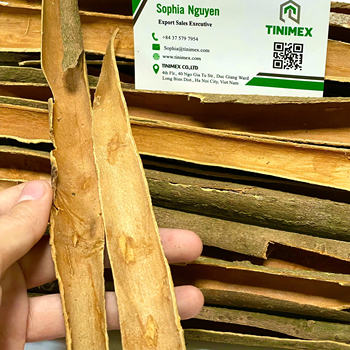
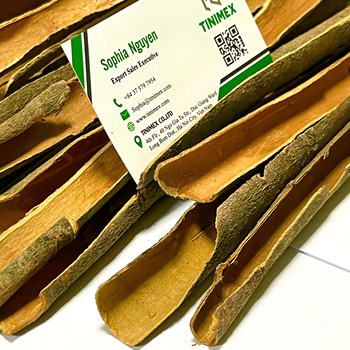
Tinimex was established in 2020 specializing in manufacturing and exporting agricultural products such as:
Spices: Cinnamon, Star Anise, Cardamon, Black pepper, Ginger, Turmeric,…
Fruit with: Fresh fruit: Dragon fruit, Lime, Fresh Coconut,….
Dried fruit: Desiccate Coconut, Dried Mango, Dried Banana, Dried Jackfruit,…
Tinimex’s responsibility, in addition to the main products at the factory, we will also constantly search for new agricultural products from the growing areas or farmers, collect, produce and pack at the factory to meet the needs of customers as well as the market.
We have a head office in Hanoi and two manufacturing plants in Yen Bai Province manufacture Spices and Ben Tre Province manufacture Dried Fruit and Fresh fruit
+ Hanoi Head Office: 4th Flr., 40 Ngo Gia Tu Str., Duc Giang Ward, Long Bien Dist., Ha Noi, Viet Nam.
Our factory:
+ Yen Bai factory: Mau A Town, Văn Yen Dist., Yen Bai Province, Vietnam
+ Ben Tre Factory: Hamlet 2, Son Phu Commune, Giong Trom District, Ben Tre Province
All our Factories strictly control the system by ISO 22000:2018, HACCP, FDA.
Our factory:
+ Yen Bai factory: Mau A Town, Văn Yen Dist., Yen Bai Province, Vietnam
+ Ben Tre Factory: Hamlet 2, Son Phu Commune, Giong Trom District, Ben Tre Province
Hanoi Head Office:
4th Flr., 40 Ngo Gia Tu Str., Duc Giang Ward, Long Bien Dist., Ha Noi, Viet Nam
(+84) 366 808 683
info@tinimex.com
www.tinimex.com
All our Factories strictly control the system by ISO 22000:2018, HACCP, FDA.

Throughout the production process, every stage is tightly controlled, from sourcing raw materials to processing, with absolutely no use of harmful chemicals, preservatives, or artificial colors and flavors. Our focus is on achieving internationally recognized standards. Betrimex's products have obtained various international certifications, including ORGANIC (USDA, EU), BRC, FDA, HALAL, KOSHER, BSCI, FSSC 22000.
Our products are currently available in over 20 countries worldwide.
